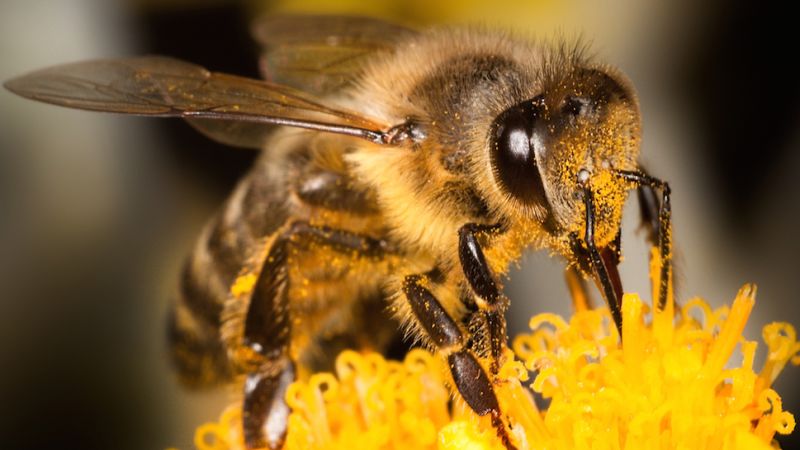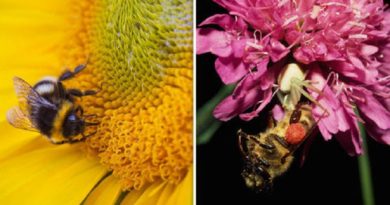Slightly Different Reality For Ladybirds
Ladybirds are beautiful small bug that children adore because of their appearance and friendly behavior. And gardeners because they destroy the leaf lice in their gardens.
But actually things are a little different. Most of them are very promiscuous, sexually transmitted diseases are common, and many of them showing cannibalistic tendencies. So ladybirds or “Coccinellidae” (as they call them scientists) and not exactly such as they seem.
First, many of the 5,000 species of how they exist, do not look as they normally imagine. Only a few species have black dots on red.
Of course, many species of ladybirds have beautiful colors, and many of them have points. Tread is their strong protective over wings they are called “shard”.
The number of points has nothing to do with the age of the Beetle, as commonly thought. In temperate regions, lifespan of ladybirds is usually one year.

Ladybirds feed on a variety of foods. Beetle with 24 points eat plants, some like orange ladybug love fungi, while others feed on various insects. Favorite among gardeners are the ones that feed on the leaf lice. These ladybug them lay their eggs near the colonies of leaf lice, but it must make it very skillfully. Leaf lice are capable of parthenogenesis – create columns in asexual way, meaning that the colonies of lice can develop and spread very quickly. Therefore, to ensure that you can be “guests” with leaf lice, Beetle larvae have their pass when the colonies of lice are at a very early stage. Beetle can this sense the density of the colony, the liquid emitted the lice, as well as substances discharged plants infested with lice.
Also Beetle can feel the presence of the other ladybug larvae. There are more than 40 different components mainly alkaline discharged larvae of ladybirds, so when the female-ladybug will feel, usually goes elsewhere to lay their larvae. This is a precautionary measure because the larvae of ladybirds are passionate cannibals. Already passed larvae will ingest their younger “relatives”, which allows them more likely to experience the full age. Therefore, if the female ladybug note that the colony already has lice larvae ladybug will certainly escape. If you find a suitable female colony of lice, it is likely that her offspring would survive.

But despite being favorite with gardeners, several studies have shown that they have little control over the number of leaf lice.
And here are a few not so nice facts about ladybirds. First, they are very promiscuous. A genetic study shows, for example that colon Beetle (Adalia bipunctata) containing fertilized eggs from three different males, and sometimes even more.
Second, sexually transmitted diseases ladybirds are very common. Several species, including the Beetle with 2 points, very often attacked by a parasite called “Coccipolipus hippodamiae”. This parasite lives in over wings (shard) which feeds on the blood of the Beetle here multiplies. When ladybirds breed these parasites cross the partner. These sexually transmitted parasites are very dangerous, especially for females. Ladybug larvae infected usually much smaller and harder to survive Unlike uninfected.
So the next time your child will reach for a ladybirds, you may need to tell their cannibal tendencies and MISCONDUCT sexual behavior. Or maybe not!



